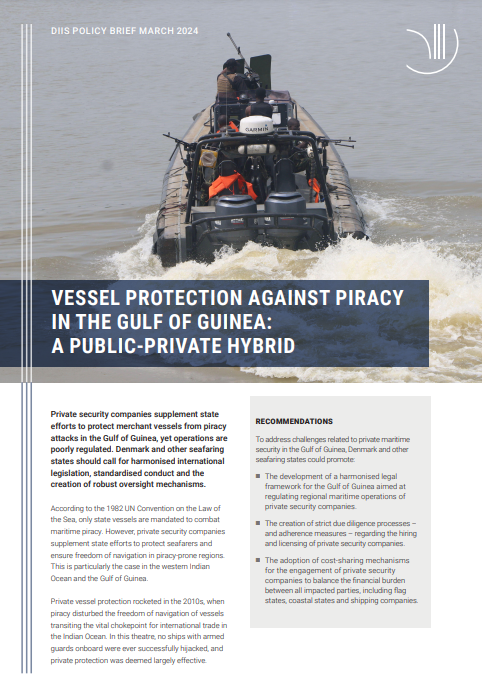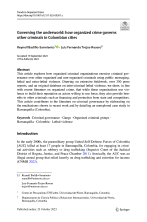By Sjoukje van Deuren, Edward Kleemans, and Arjan Blokland
In recent years, many European countries have taken far-reaching measures to combat the criminal activities of outlaw motorcycle gangs (OMCGs). Meanwhile, empirical research into the ways OMCGs are involved in and influence the crimes of their members is largely lacking. This study presents the main findings of research based on police files of cases that were filed against members of Dutch OMCGs. We apply a criminological scenario approach to analyse to what extent and in which ways OMCGs are involved in the crimes of their members. The results show that OMCG membership particularly plays an indirect role in the criminal behaviour of OMCG members. Board members, for example, give permission for criminal acts, regulate mutual relationships between members, non-members and rival OMCGs during conflict situations, and forbid (criminal) behaviour of members that is harmful to the OMCG. OMCGs function as a pool of co-offenders and as a market for criminal enterprises. Members also use the violent reputation of OMCGs in specific criminal activities. OMCGs are less frequently directly involved in crimes. Direct involvement of OMCGs is most apparent in organized inter-gang violence and violence against their own members.
European Journal of Criminology 19(6) , 2020.





















